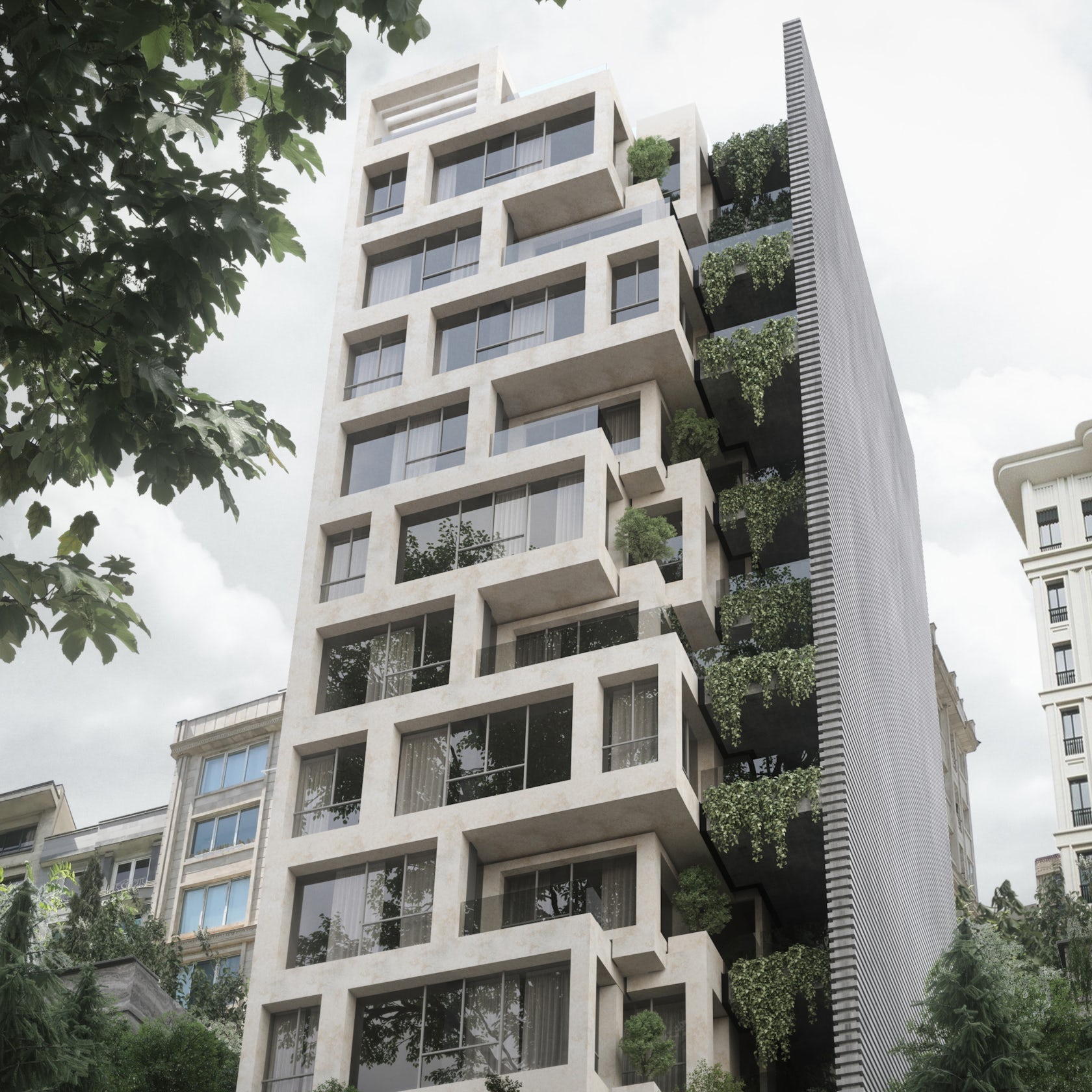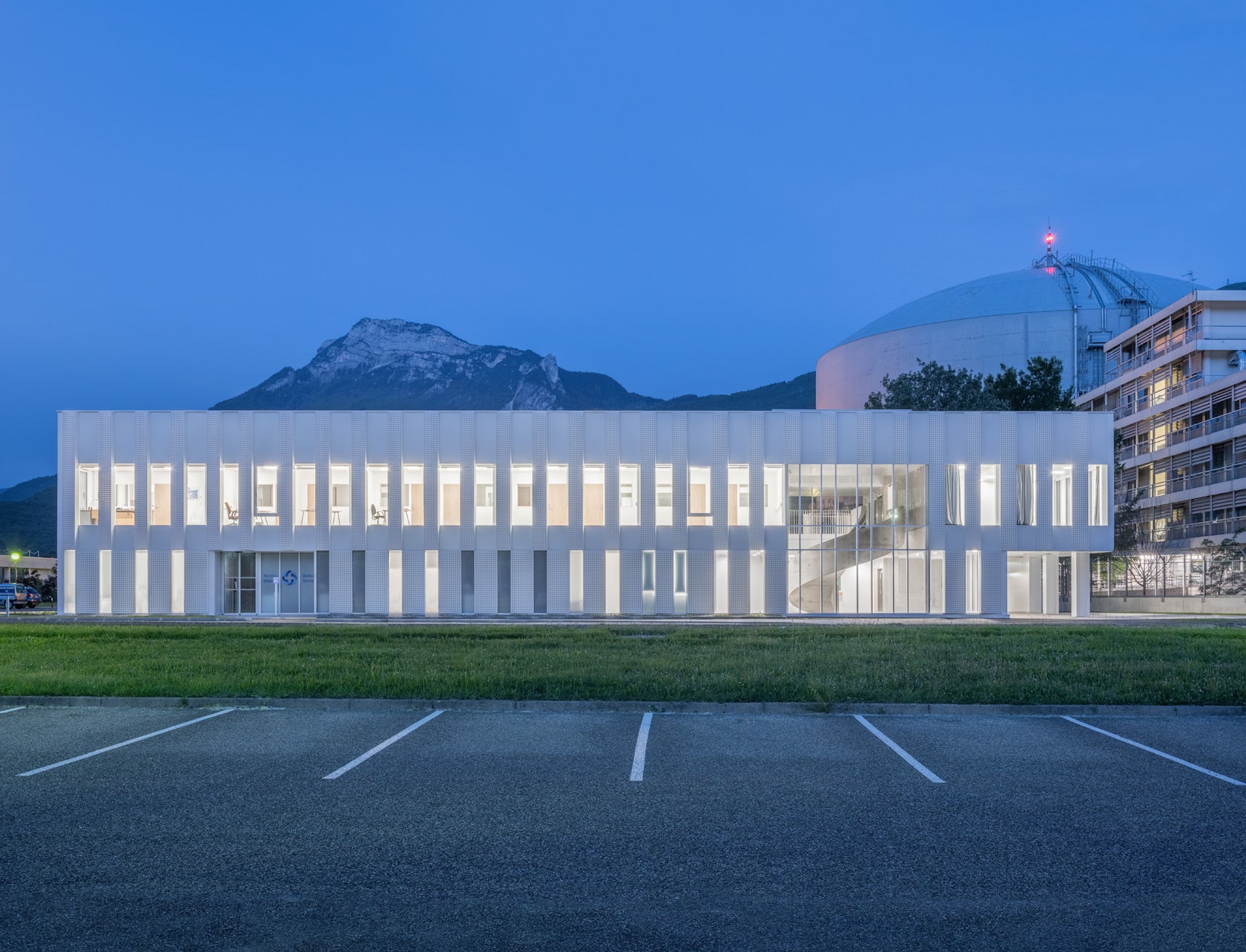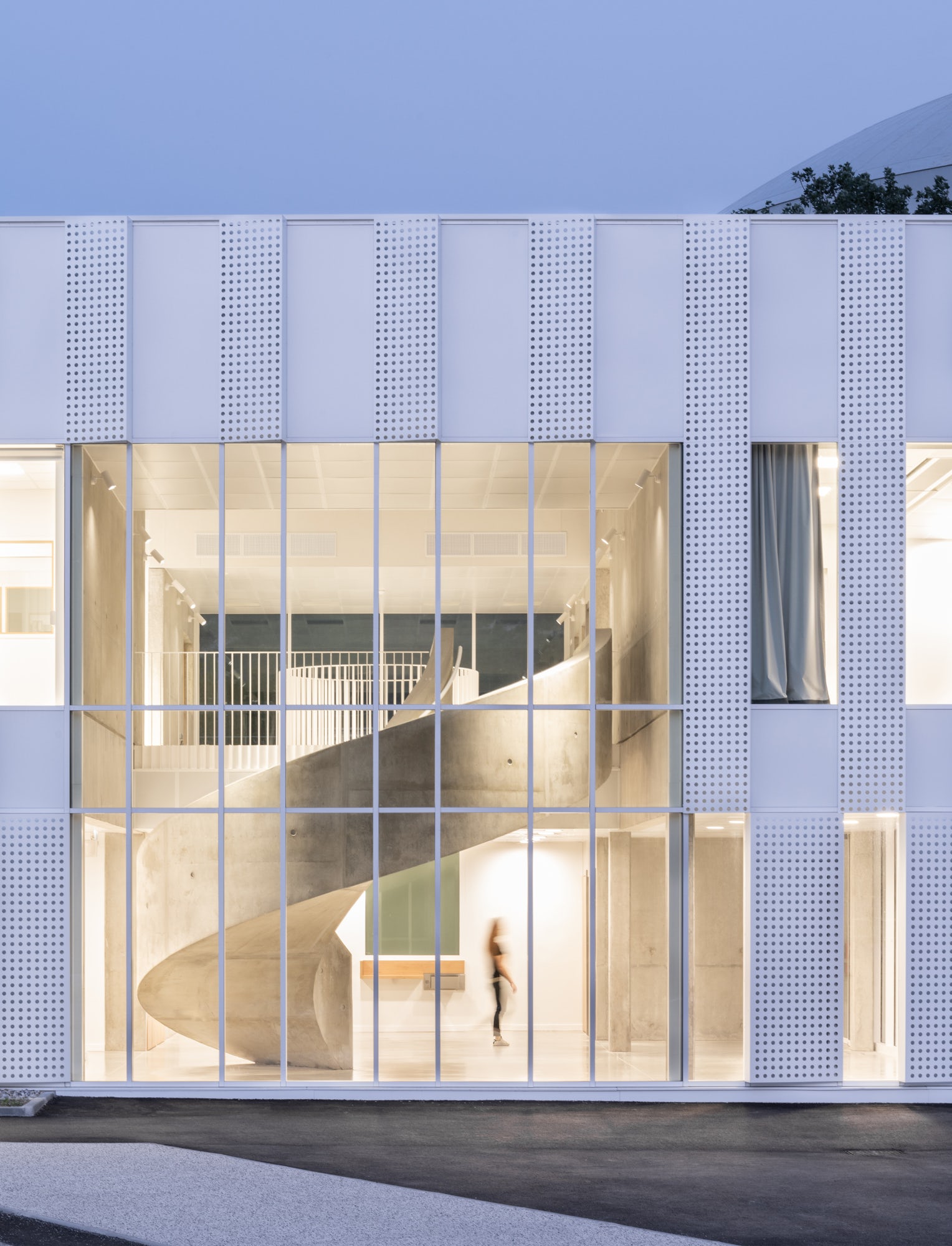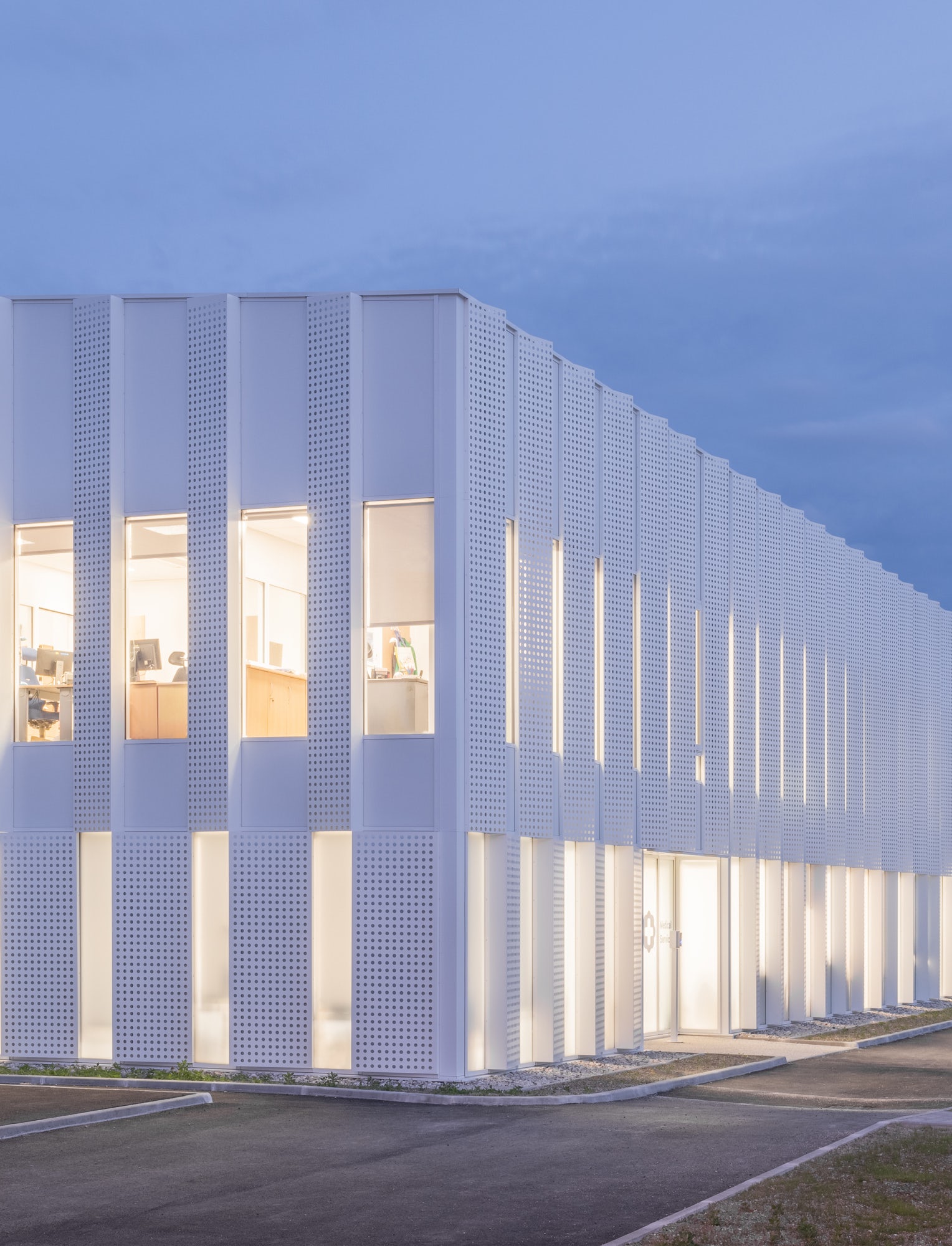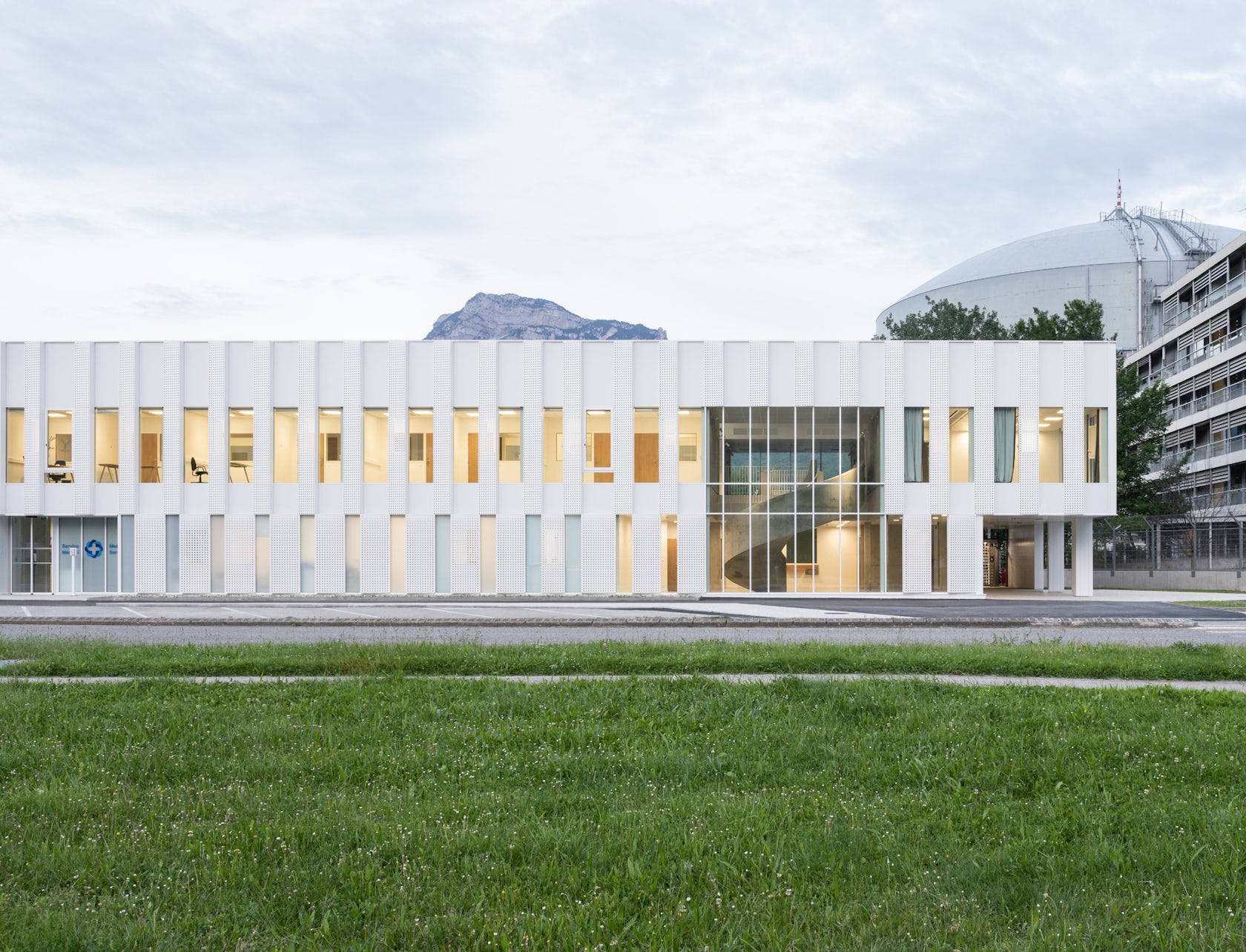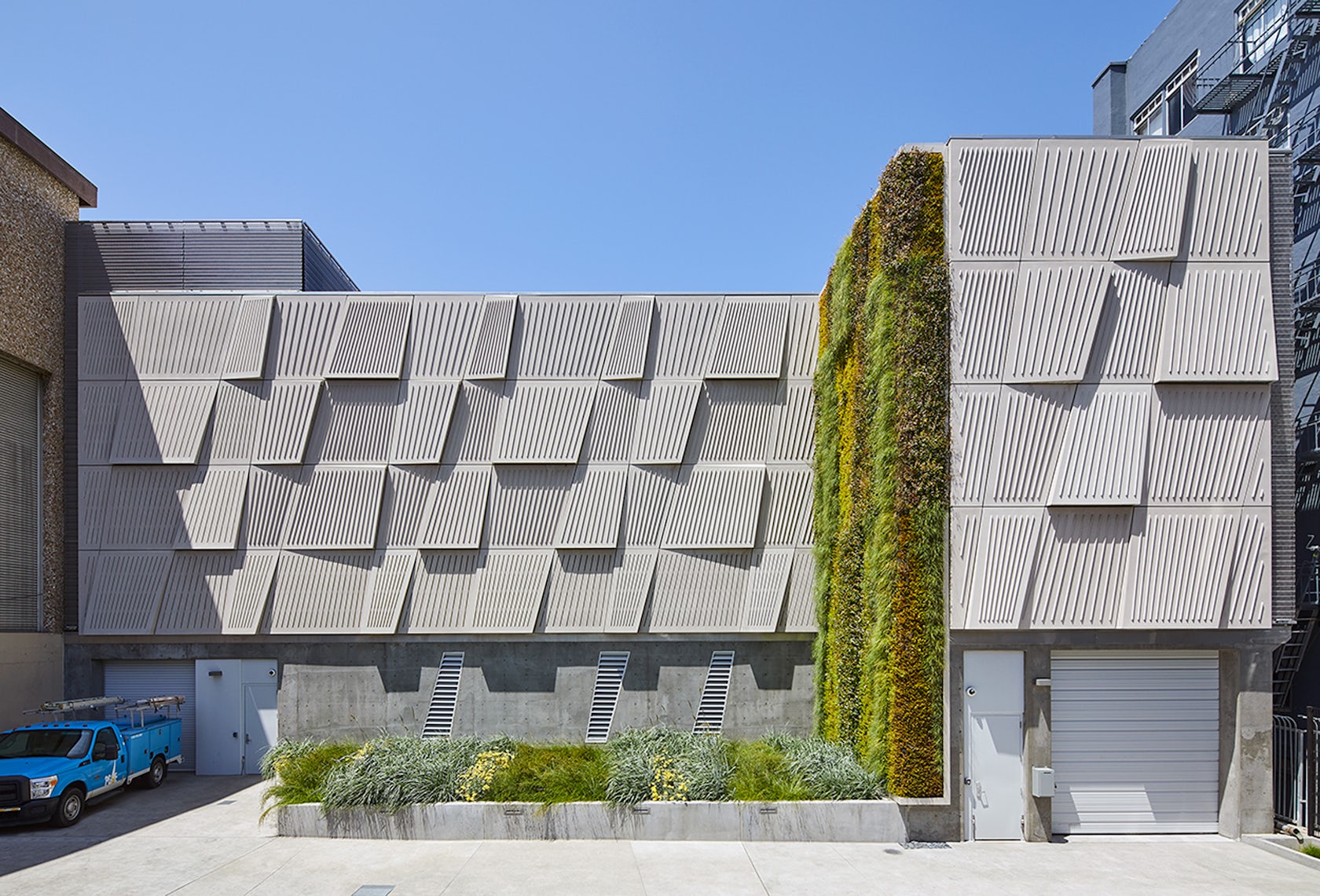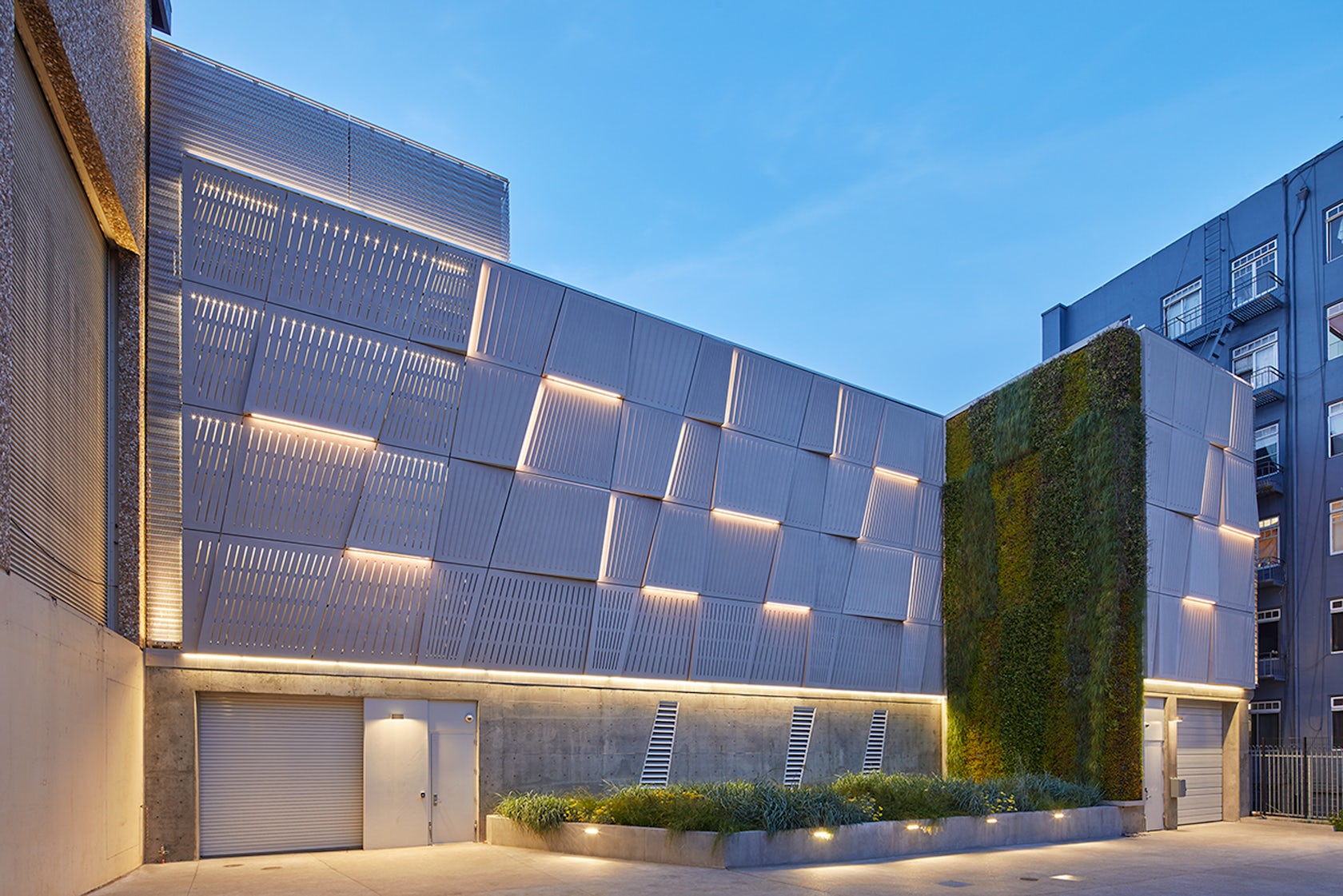Text description provided by the architects.
This residential project involved the construction of three distinct structures, creating additional interior space and forming a private courtyard for an existing house that remains in place. The largest new structure, the Art House, is designed to house a burgeoning art collection, and accommodate occasional guests. When the lot adjacent to their house came on the market a few years ago, the owners saw an opportunity to expand beyond the small house where they had lived for twenty years, raising their four children.

© Buttrick Projects Architecture + Design
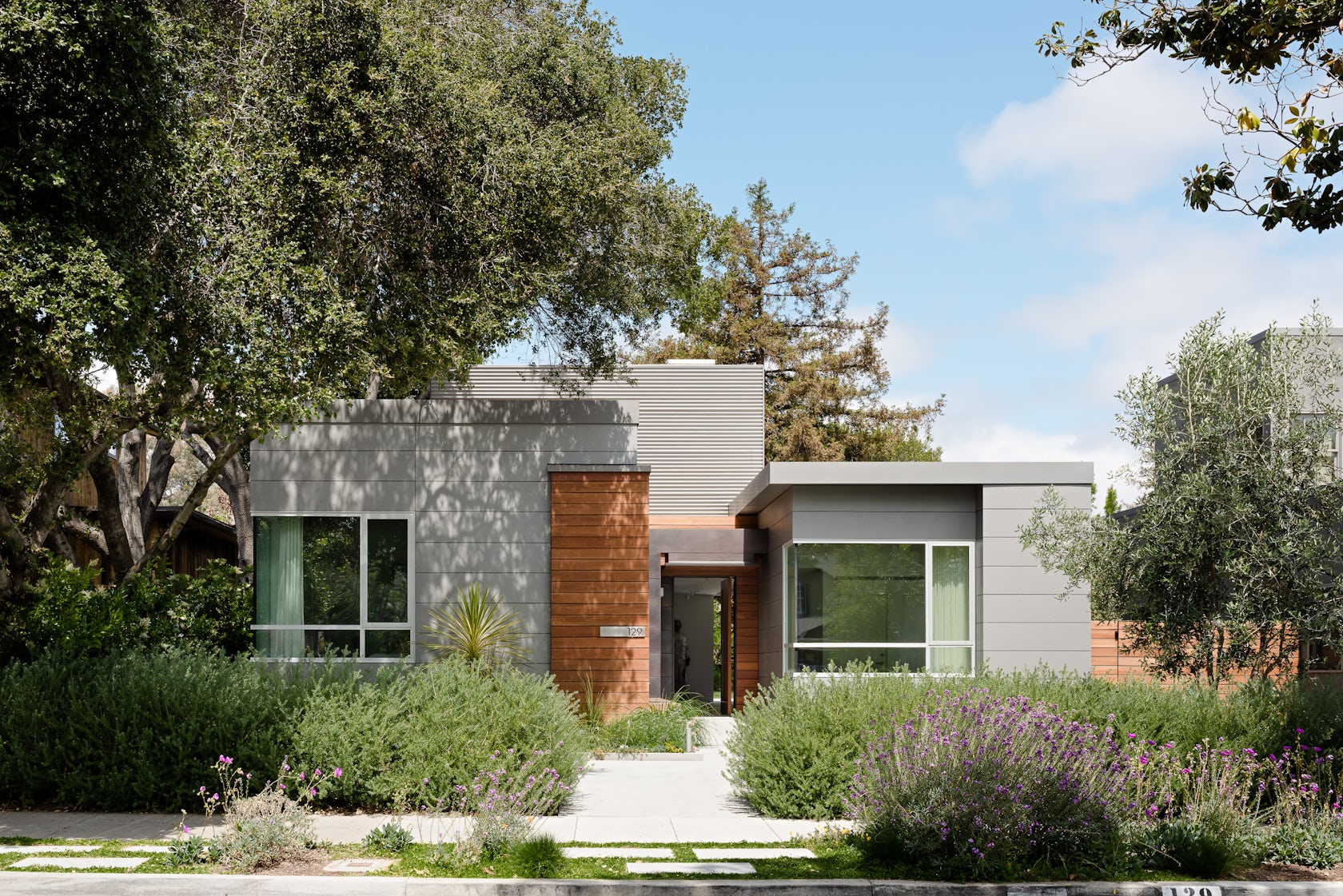
© Buttrick Projects Architecture + Design
The planning challenge was how to resolve the geometry of the trapezoidal site, while complying with the
scale of the neighborhood, and providing enough open space to satisfy the requirements of the program. Locating the art storage and studio structures against the rear setback, while keeping them low and
